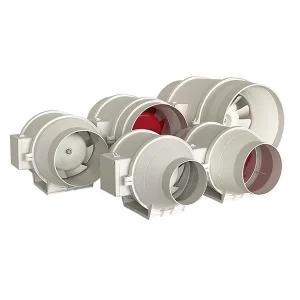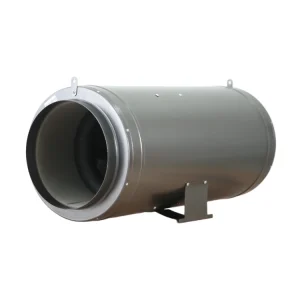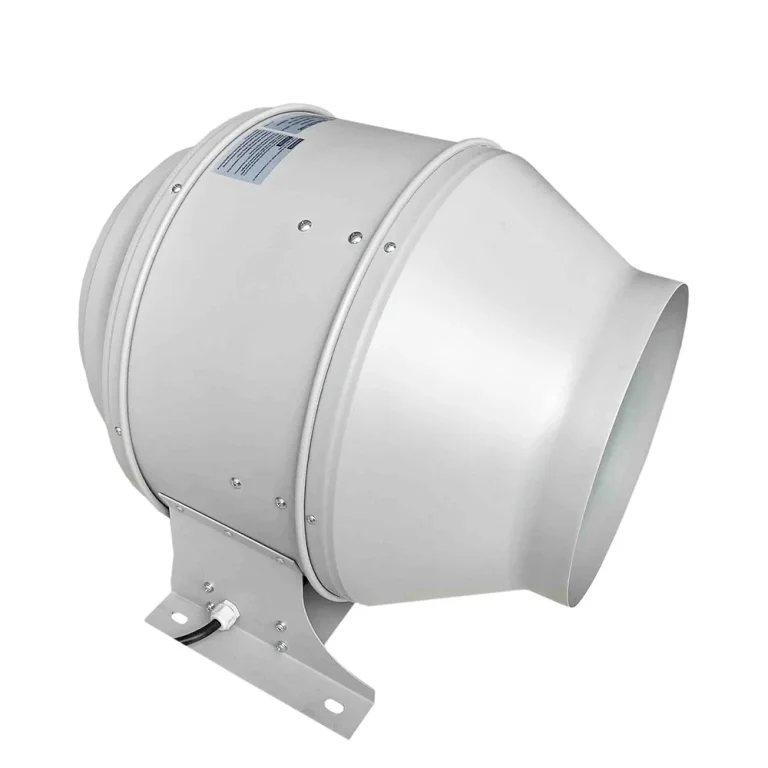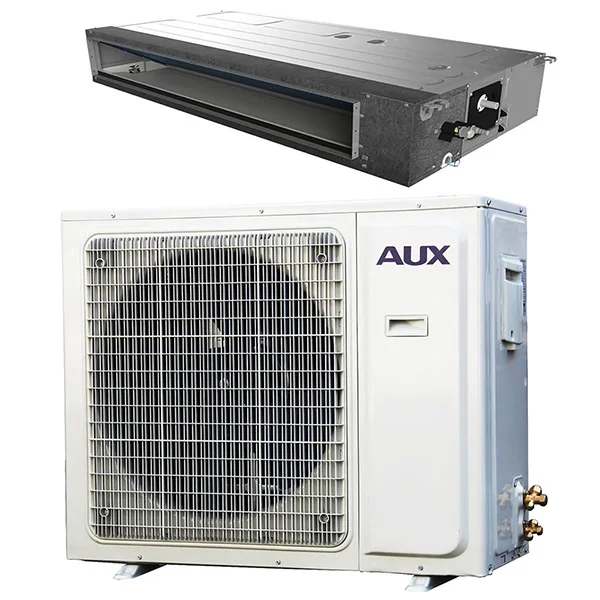What Are the Common Scenarios for Installing an Inline Duct Fan?
Enhancing Ventilation in Long Duct Systems
Homes and commercial buildings today suffer from ventilation problems due to lengthy ducting systems that disrupt effective airflow distribution around the building space. When air flows through ducts of large buildings, say offices or apartments, pressure is reduced, causing an uneven distribution of air. A proper solution to this would be placing inline duct fans strategically within the system for better airflow. These fans have the ability to provide the pressure required to ventilate every room adequately, resulting in better indoor air quality poor quality throughout the whole building.
Improving Airflow in Poorly Ventilated Areas
There are some parts of a building, like basics or windowless attics, which might suffer from poor ventilation and consequently render the area uncomfortable and even unhygienic in the long run. In order to address the issue efficiently, one possibility is installing an inline fan since it allows fresh air to enter and stale air to leave for a healthier indoor environment. Moreover, its compact design enables installation into current duct systems with minimal adjustments needed.
Addressing Temperature Imbalances in HVAC Systems
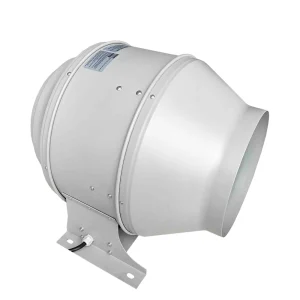
How Can Inline Duct Fans Solve Specific Ventilation Challenges?
Reducing Noise While Maintaining Efficient Air Circulation
New inline duct fans are a plus for their power of being able to run quietly but still circulate sufficient air—a welcome change from noisy ventilation systems that produce ear-piercing sound levels, which can be extremely distracting in residential areas or peaceful work environments. Inline fans are manufactured with advanced technology that aids in efficient noise suppression without sacrificing performance—a feature that makes them perfect for bedroom and office use or any setting where silence is paramount.
Boosting Airflow in Multi-Room Applications
Using inline duct fans can be helpful in places with rooms that might not get enough airflow from a single HVAC unit alone. For instance, in offices and shared living spaces where different rooms are connected by the duct system, some areas might not get enough airflow, because they are far away from the main unit of face obstacles within the ductwork. Placing inline fans at intervals on the duct system helps ensure there is sufficient airflow in all the rooms at all times, making everything a lot more comfortable and efficient for everyone using such spaces.
Supporting Exhaust Systems in High-Humidity Environments
In wet locations, including bathrooms or kitchens, there must be efficient ventilation systems to avoid mold growth by removing excess moisture quickly and efficiently through the use of inline duct fans that complement such systems. The fans work well in removing humid air protecting your property from destruction and keeping your indoor environment secure.
What Factors Should You Evaluate Before Choosing an Inline Duct Fan?
Assessing the Size and Layout of Your Ductwork
The dimensions and design of your duct system are factors in selecting the right inline duct fan for your ventilation setup. For duct networks to function effectively, fans with greater capacity are necessary to maintain optimal airflow. Moreover, the configuration of the ductwork. Such as curves, intersections, and total length. It can affect airflow resistance. Inline duct fans are meant specifically to address these issues through the provision of power for air movement through intricate setups. Once you receive a comprehensive analysis of the size and configuration of your ductwork system, you can choose a fan that is best suited to the needs of your system.
Understanding Airflow Requirements and CFM Ratings
Airflow is generally measured in terms of feet per minute (CFM), which refers to the volume of air an inline fan can blow through one minute period of time. As a step towards choosing an inline fan, it’s important to assess the airflow requirement of your space. This includes ponder factors like room dimensions, population count and particular ventilation necessities. Choosing the right inline duct fan with the CFMs can help keep your indoor air fresh and effectively ventilated.
Considering Energy Efficiency and Noise Levels
Choosing an inline duct fan that’s energy efficient is crucial for systems running constantly. Today’s inline fans come with motors that use power while still performing well. It’s also important to consider noise levels in homes or quiet workplaces. Some newer models have technology that reduces noise while keeping airflow efficient. Opt for an energy saving and quiet inline fan to save money and improve comfort.
Why Choose TIDESTAR for Your Inline Duct Fan Needs?
Our Commitment to High-Quality Ventilation Solutions
Durable Materials for Long-Lasting Performance
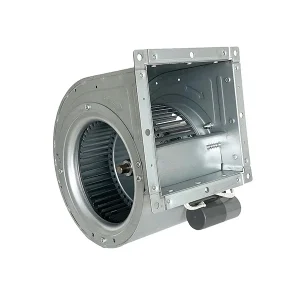
Compact Design for Easy Installation in Tight Spaces
Space limitations can sometimes be an issue during the setup of ventilation systems. An innovative feature of TIDESTAR’s inline duct fans is their design, which makes it easy to incorporate them into already existing ductwork. Their sleek build enables them to slot smoothly into confined areas. The TT Duct Fan is perfect for removing damp, moist air, odors and airborne pollutants from bathrooms, shower rooms, kitchens, hydroponic rooms and other internal living spaces without windows or natural ventilation. Whether you’re handling a project in a commercial setting, our fans make the installation process easier.
Features of TIDESTAR’s Inline Duct Fans
Adjustable Speed Settings for Customized Airflow Control
Each area requires ventilation needs and our inline duct fans are designed to address them through customizable speed options. This function enables individuals to adjust the air circulation based on their requirements for optimal comfort and effectiveness. Whether you seek performance for spacious environments or reduced settings for smaller spaces, TIDESTAR’s fans provide adaptable solutions catered to your liking.
Quiet Operation Without Compromising Efficiency
Sound can be an issue with ventilation systems in homes and offices where a peaceful atmosphere is crucially important. TIDESTAR’s inline duct fans are engineered with cutting-edge noise reduction features to operate while still delivering strong airflow. These fans are an option for bedrooms and workspaces that require serenity and tranquility.
Compatibility with Various HVAC Systems and Applications
The Super Silent EC Mixed Flow Inline Duct Fan is incredibly adaptable. It is ideally suited to fit into a variety of HVAC systems for residential or commercial use as well as industrial use. It can be easily customized to meet needs, such as increasing airflow through long duct systems or improving ventilation where air circulation is inadequate or assisting exhaust installations in wet conditions.
Take a look at our selection now to discover the fan for your ventilation requirements!
Frequently Asked Questions about Inline Duct Fan
Q: What are inline duct fans?
A: Inline fans are mounted inline with the ductwork, bringing air from the inside and to the outside of the home. An inline fan may also be described as a remote-mounted fan. Inline fans are useful for applications that include: Ventilation of wet spaces such as bathrooms, kitchens and laundries.
Q: Are inline duct fans worth it?
A: Inline fans are typically better for longer and more complicated ducting systems. In commercial buildings, single blowers usually can’t properly service the large, intricate systems. Inline blowers stay out of the operational space of the commercial facility, and they add airflow at any point where it is needed.
Q: What is the difference between inline duct fan and exhaust fan?
A: Inline fans focus on pushing air through the ducts, creating positive pressure, while exhaust fans are designed to expel air, creating negative pressure and ensuring a continuous exchange of fresh air.
Q: Are inline duct fans loud?
A: With standard booster fans, the minute they’re turned on, their noise is noticeable. They’re easily heard and can sometimes be quite annoying. But with inline duct fans, noise is no longer an issue.
